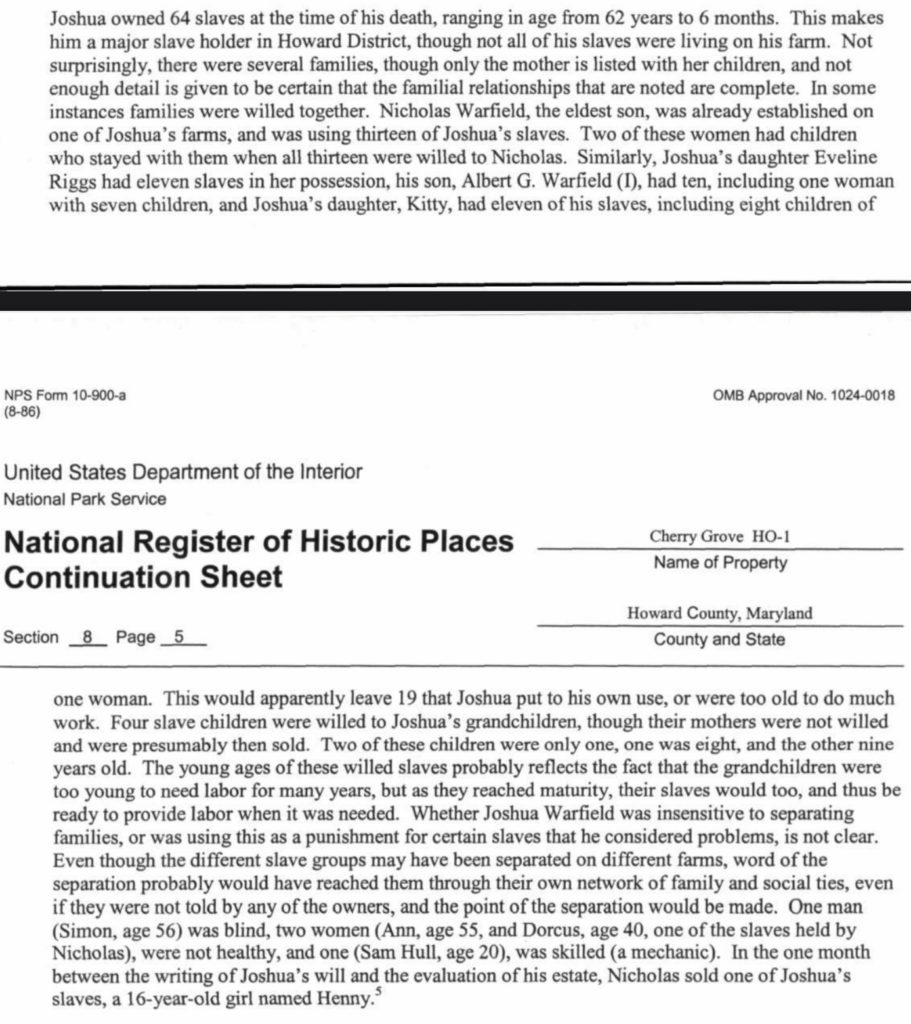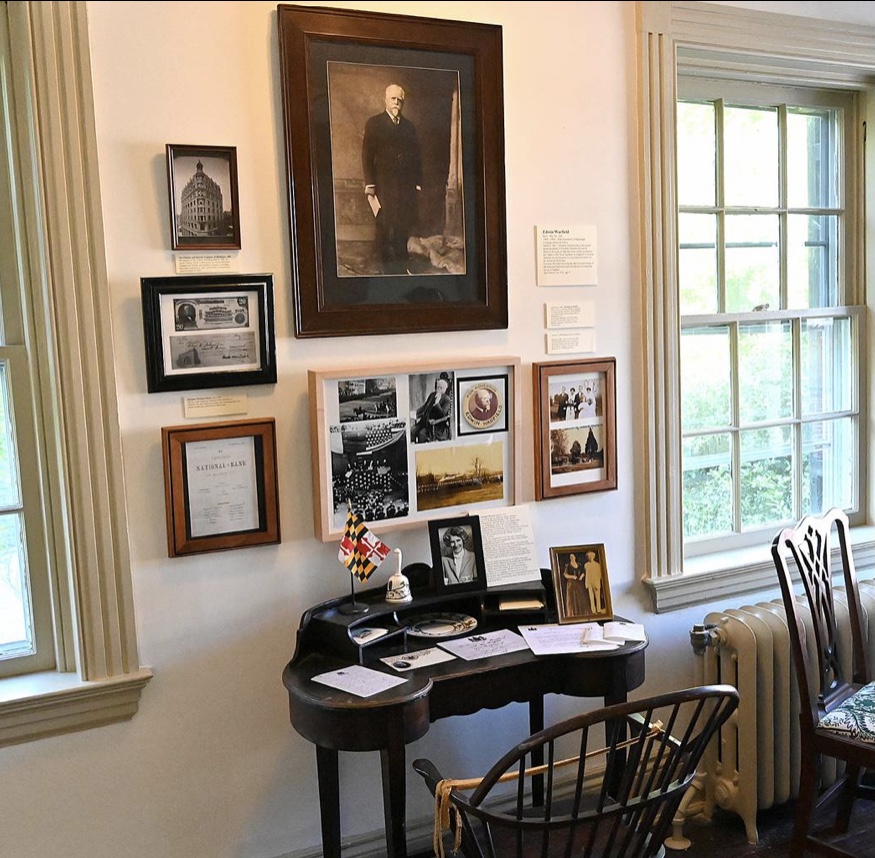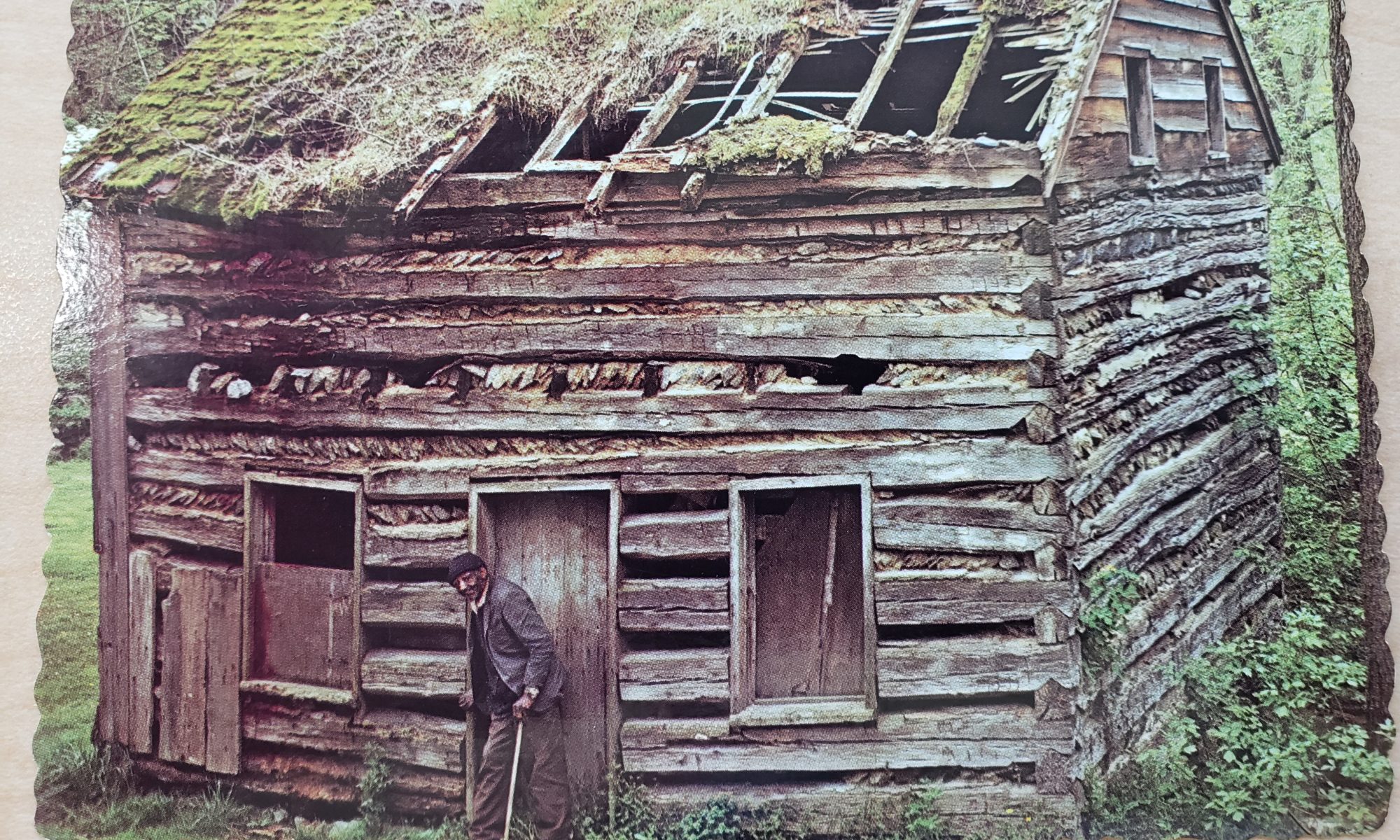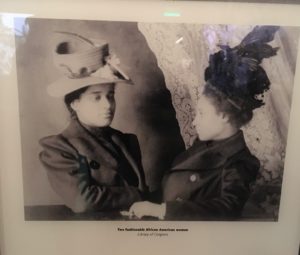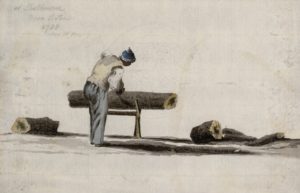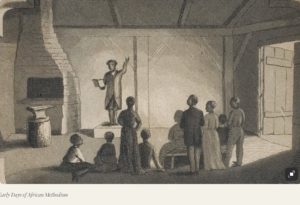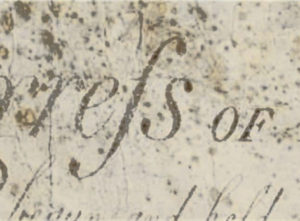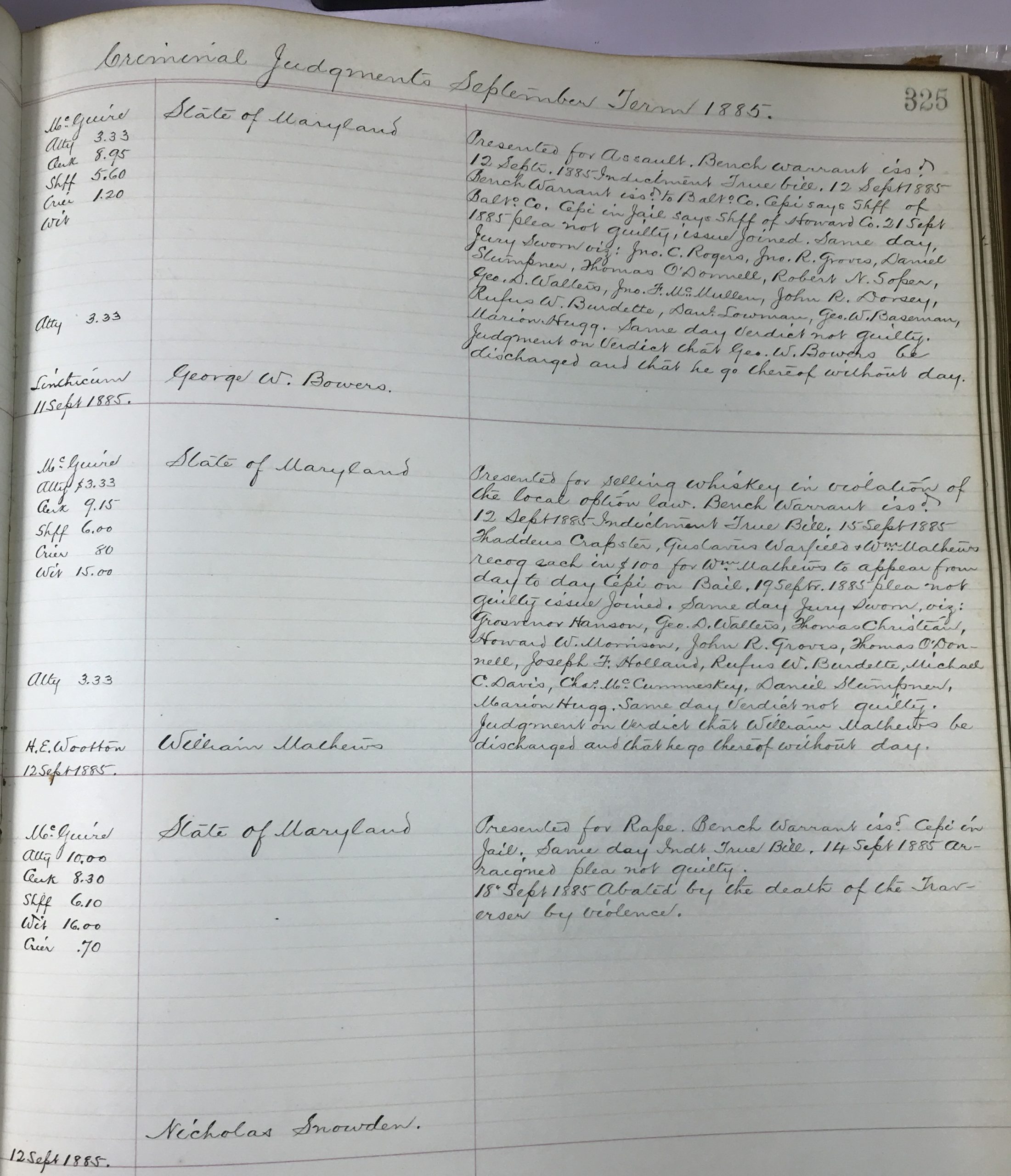Ever since the announcement came out on Tuesday that a Public Garden was being created at the property called Longwood where Dr. Gustavus Warfield and his family once resided, a flurry of social media discussion has happened about it and contact to our nonprofit. A financial supporter of our nonprofit is a descendant of his. A focus group will be giving a report to the County Executive regarding what the property could potentially do for the county, and it may also be meeting in order discuss and hear from the public about it. That’s what’s hoped. There’s a real opportunity with this to do more than just admire and be amongst plants and flowers that we can see and whatever buildings that have survived. It’s known that 400k is in the proposed county budget for the garden, though the purchase price for the nearly 100 acres wasn’t disclosed. The county specifically wanted it to be known that it had been “preserved from development of more than 20 units” which implies what it does. It isn’t shown who is behind the Guilford Gazzette, but more local media is needed so their coverage of the announcement is uplifted in which they give the names of the people appointed to the Focus Group. History isn’t represented, but the group of 14 was formed in March when maybe the focus truly was just on plants and nature. That should evolve.
Longwood is in the West Friendship part of the county. At the moment, it is owned by Walnut Springs Nursery, Inc. until the sale or transfer. Many have known about the structures on the grounds for a while, largely thanks to the MHT inventory form about it created by a State Highway Administration consultant in 2013. There was an attempt to locate anything regarding the 1800s ways and practice of medicine at the site, and the medical office that was on site was noted to have been extensively altered which made it not eligible for the Register under criteria A. There are many parts of the chain of title that alert folks to the fact that it isn’t complete. “This is possibly, but not definitely, the property that became Longwood.” and “Unclear how many acres the property contains.” are dead giveaways. By now, many know that the accurate title work done under the auspices of our nonprofit on the log house in Ellicott City revealed that the ownership narrative had been incorrect for 40 plus years. Longwood’s history and who owned exactly what and where would have to first be done. Accurately. That’s for a very good reason…
Celia Holland wrote about Longwood in her 1987 book, and her archive with research notes is housed at Univ of MD College Park Library Special Collections where it has been used by history researchers for years. She was called the “unofficial county historian” for years, and her work was heavily consulted by many when the inventory forms were created. The owner of Longwood from the 1800s was Dr. Gustavus Warfield, whose father was Dr. Charles A. Warfield of Bushy Park. There is also a cemetery there. The local Howard County Genealogical Society, Inc. inventoried the cemetery on Longwood in 1975. Most of the headstones visible there at that time were catalogued to belong to Gustavus’ family. And then there is Peggy. First and foremost, her legal name was Margaret Fosset. When the announcement was made about the Public Garden, immediate speculation occurred about it being a place where slave burials exist just as what happened with the recent local St. Mary’s Cemetery story in the news. Many people are looking for the answer to where their ancestors who died while enslaved were buried here in Howard County, without realizing that the answer isn’t definitively known (yet). And that shouldn’t be rushed. Longwood will help us, if it’s done deliberately and accurately. Peggy/Margaret can help us, just like Levi and his wife Eliza Jane Gillis do in Ellicott City.
Everyone goes to those inventory forms for history, and they just aren’t always entirely accurate as was shown with Levi and Eliza Jane’s log home. The Longwood form contains info about the cemetery and the sixteen markers. Yes, the family member’s markers are there as is one for “Peggy Fosset” who the author wrote “..was likely a slave”:
Elsewhere within the document, this is found that there is an “old burial ground for slaves” and a headstone with the inscription here:
In 2004, Peggy’s marker was photographed in relation to the rest of the markers.
So, everyone assumes that Margaret Fosset died in 1865 as the Civil War was ending as a slave? That’s INCORRECT.
Margaret Fosset died at the age of 70. That made her 65 for the 1860 census. Yes, Gustavus was enslaving sixteen Black and Mulatto people between the ages of 8 months and 76 years of age in 1860. None were a female of Margaret’s age. On the 1850 slave census, Gustavus was recorded with 15 enslaved people from the ages of 4 months to 80 years old, and had a Presbyterian minister in his household. In 1840, he was recorded with 18 enslaved and 13 free Black and Mulatto people in his household of 41 people. Margaret Fosset was a 60 year old FREE Mulatto woman recorded in Gustavus’ household along with Rezin Bond, 60, who was a free Black man. Eliza Johnson was recorded to have her own household nearby, and was a 60 year old free Black woman. A decade prior to that in 1850, Rezin Bond had his own household with Jane (possibly his wife) and children. Margaret was recorded to be in the household of Gustavus’ daughter, Elizabeth R. Snowden, who resided in a structure on her daddy’s land. Later, it would be said that Elizabeth lived in a cottage on the property. When, for how long, and did it survive? Eliza Johnson, then 50 years old, was also recorded in the Snowden household. That means she got her own place somewhere at some point in the next 10 years. Snowden was recorded to be enslaving a 12 year old female in 1850. Whose child was she? Was she there long enough to see Gustavus’ son-in-law Richard allegedly enter the Confederate military? Did Margaret know that? Did Margaret even lay her head there to sleep, and if so, where? Who put up that marker for her? There are 2 markers in the old photo, one leaning against the other. Whose is that and where is it now? When exactly did “Mr and Mrs Warfield and their children” put the headstone up for her? Is she really buried there? Is any of Gustavus and his family’s enslaved workforce like the 80 year old man Gustavus had been enslaving in 1850 buried anywhere on the grounds that remain of Longwood? It will take someone specially skilled in ground penetrating radar for burials from the 1800s to learn for certain, because of the nuances and research/knowledge needed about topography etc that those folks understand. Where is that 80 year old man buried if not there?? Rezin?? Eliza Johnson??
If this is to truly be a Public Garden that endeavors in any way, shape or form, to do justice to the early history of that land that resident and visitors will be going to and possibly pondering the history and what’s valuable for us to remember… it needs to be done with ACCURATE info with the best people who know how to do the work. Because while the bodies of enslaved Black and Mulatto people MAY have been buried on the land that remains of Gustavus’ land, Margaret Fosset was NOT one of them. I’m completely justified to go so far as to ponder, “did Margaret ever run into Levi and Eliza Jane Gillis?” Did she have to go into Ellicott’s Mills, as many people did for things back then? Did she interact with the B&O station there? Gustavus died a year after Margaret, in 1866. What were their interactions about as the war was concluding? I know the names Jane Watkins and her infant child who was enslaved by Gustavus. I know the names Cephus and Peter, enslaved by Gustavus, who were placed in jail in March of 1863 because the family was afraid the two would cause them harm as the war went on in the country. I could go on and on about the things it’d be great to continue researching to find as that Public Garden comes into being whatever it will be dreamed it can become. I first wanted people to maybe get interested in learning the true history there. Getting it will be another matter. Deciding what to pushing out to residents and visitors is still another matter. This type of history, done correctly with accuracy in mind first and foremost, can really change things in our county. Some of us are working on balancing the narrative here in the county, but there are only so many hours in a day and lots to do to compile it. Hopefully, this will help us in endeavoring to join the surrounding jurisdictions who do this type of history wonderfully. Truth first though.
Marlena Jareaux
There is also Nelson, Daniel Carroll, and others to consider.
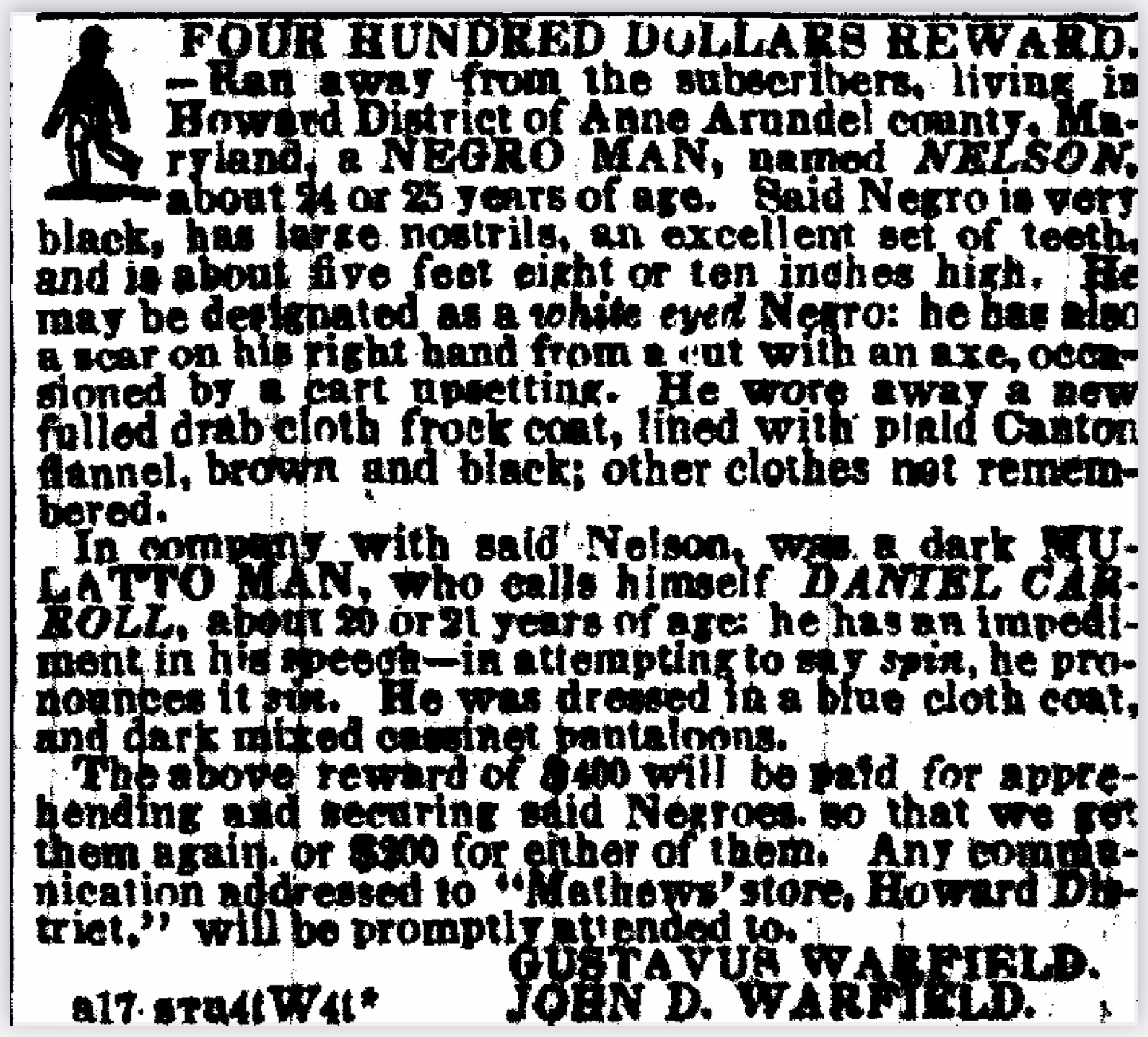
entry for Margaret has this inscription, which seems incorrect and varies from the one recorded on the inventory form. Suggested edits were submitted to the entry to make that more accurate (and were recently accepted which make this more accurate): https://www.findagrave.com/memorial/48072423/peggy-fosset



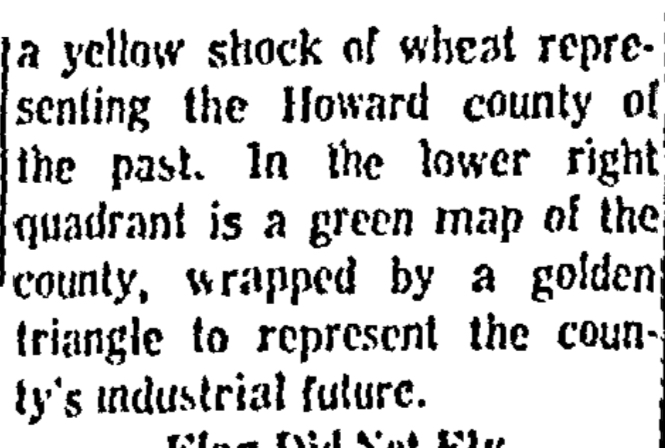
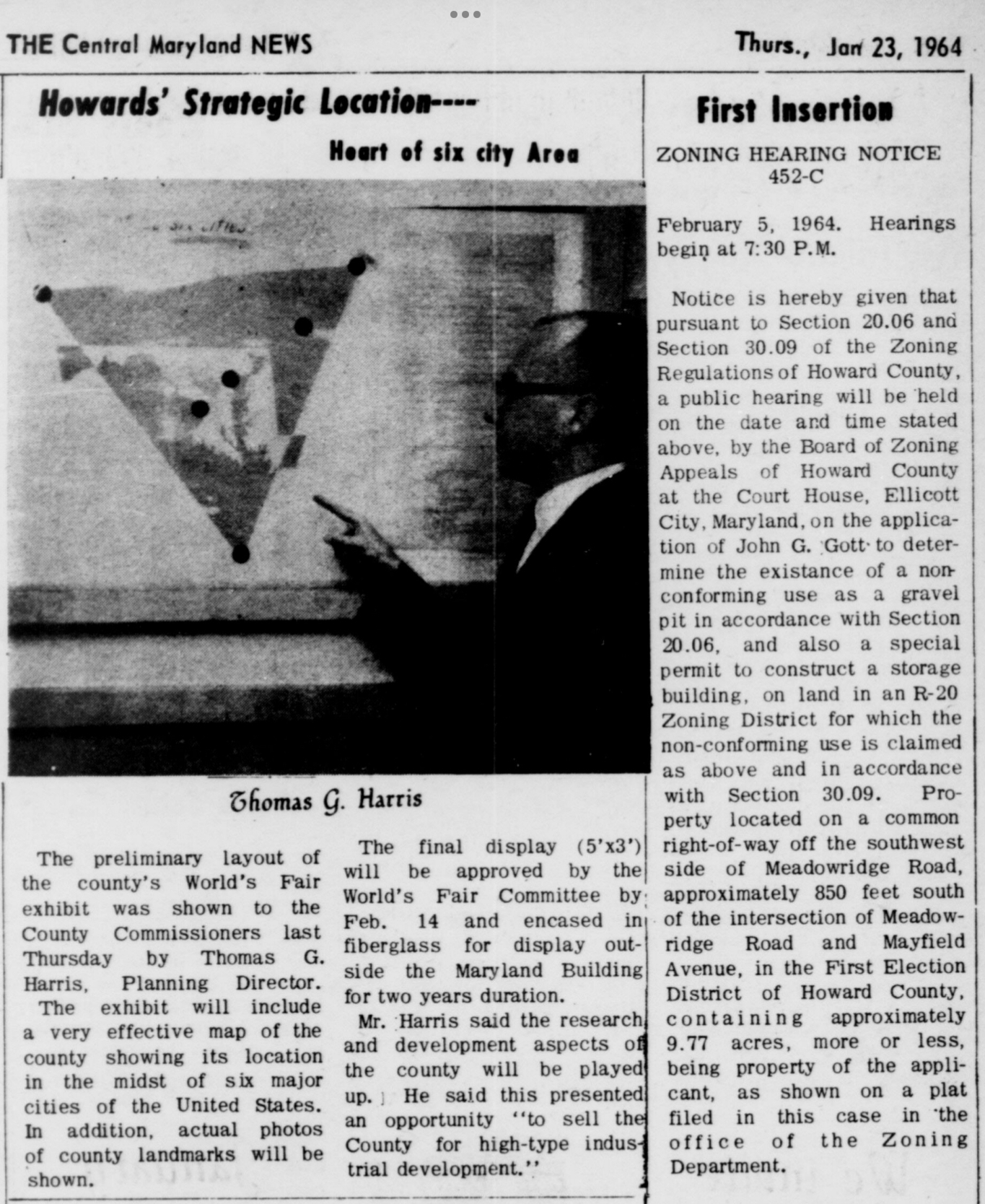








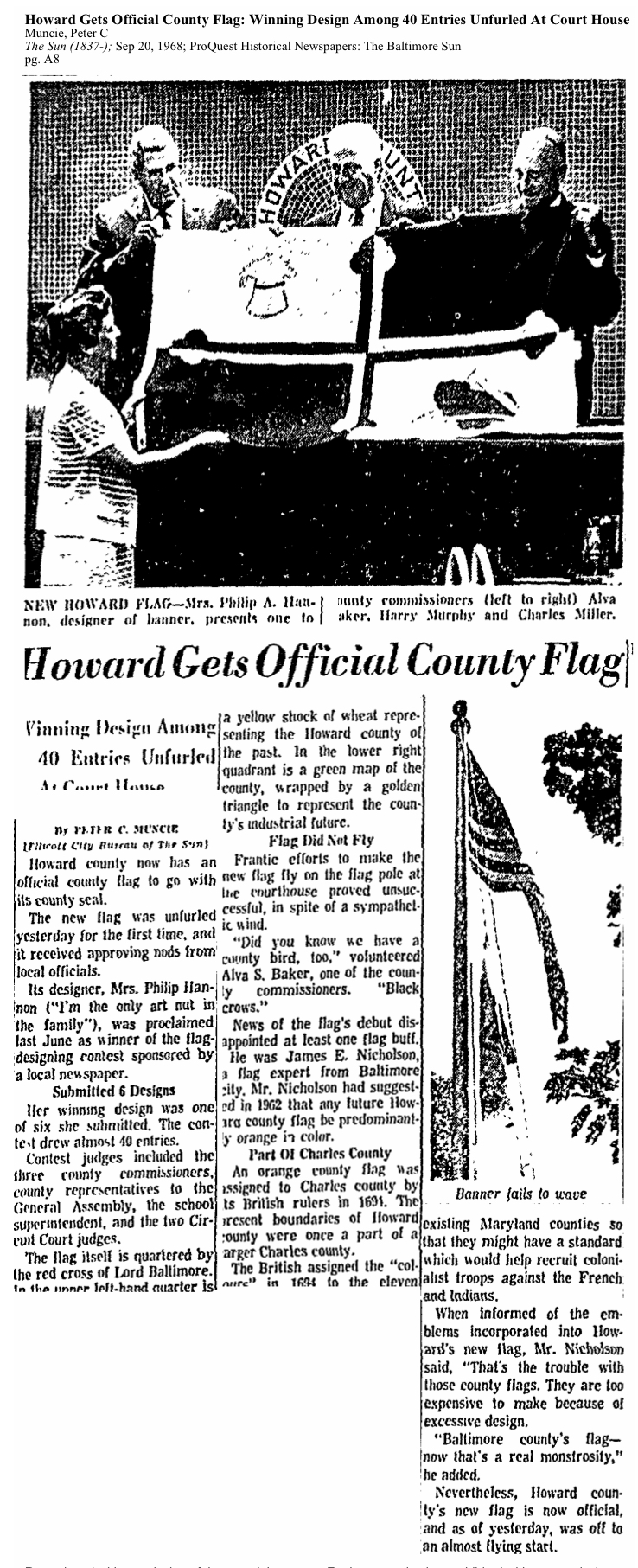
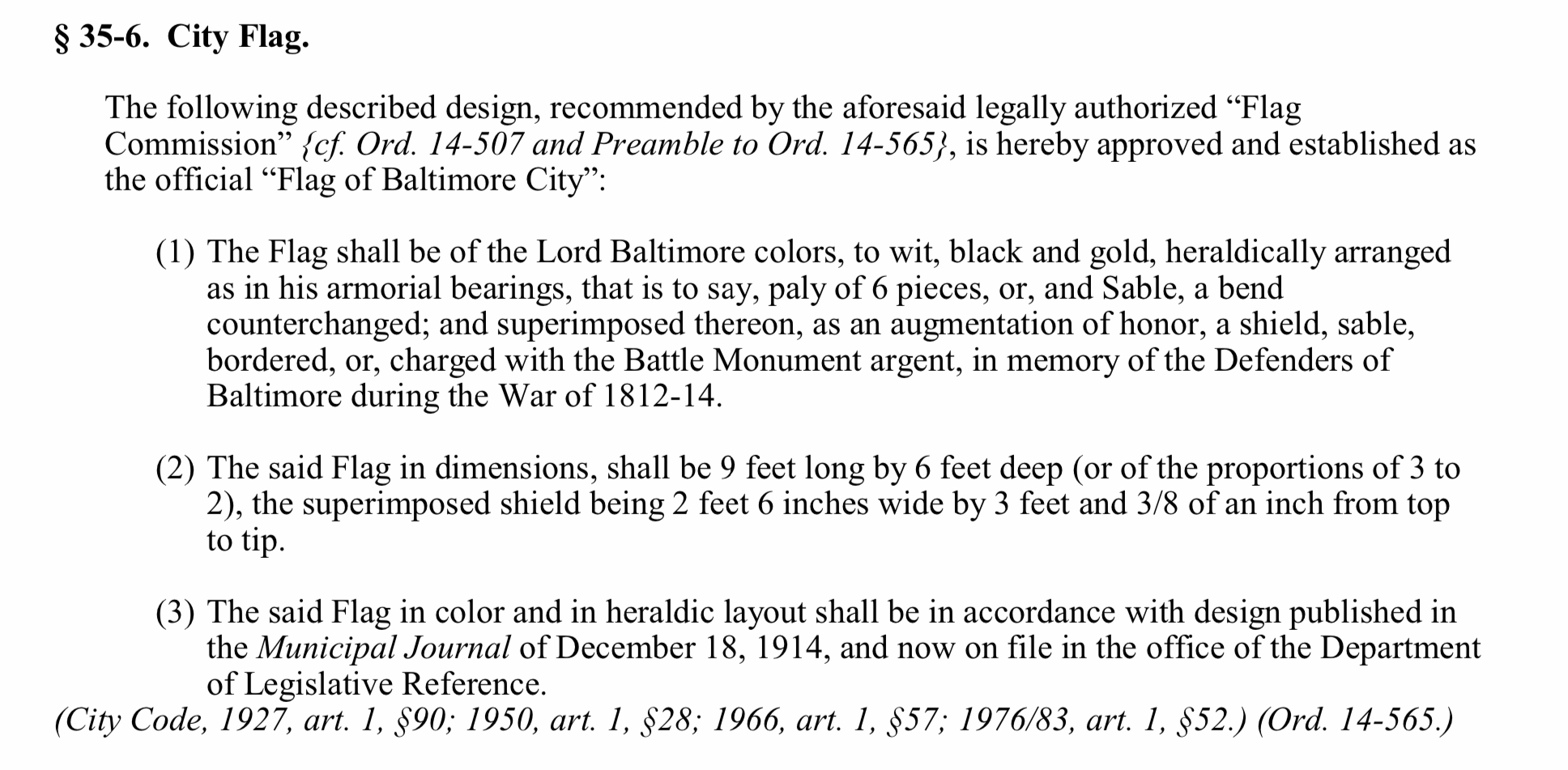





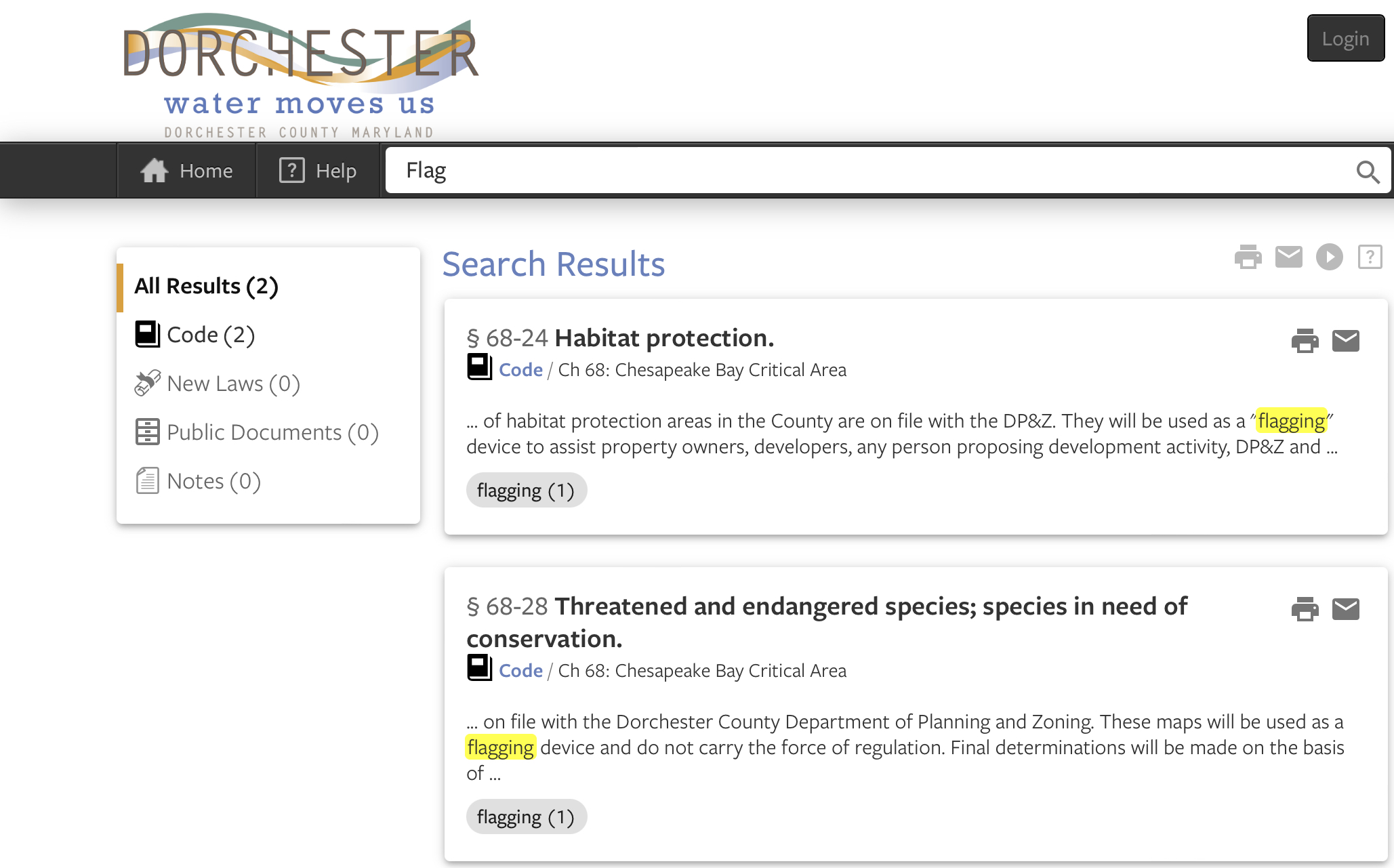
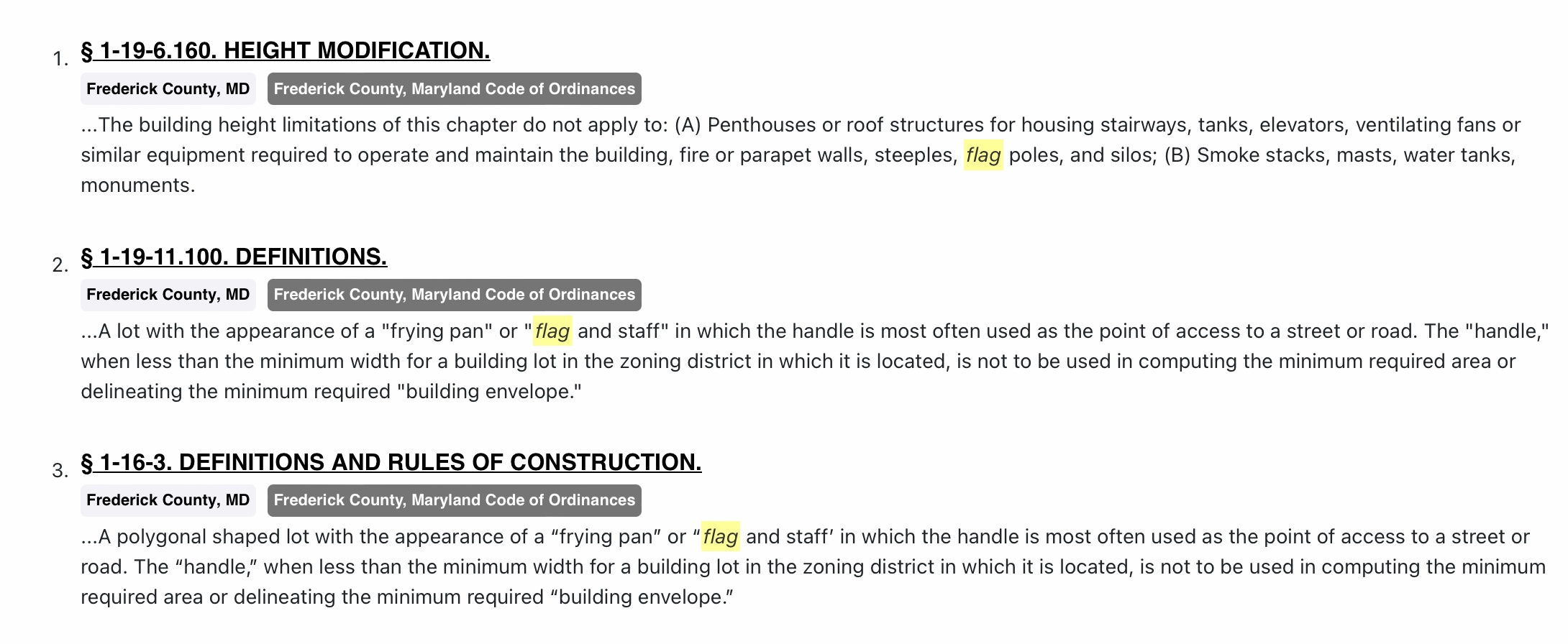
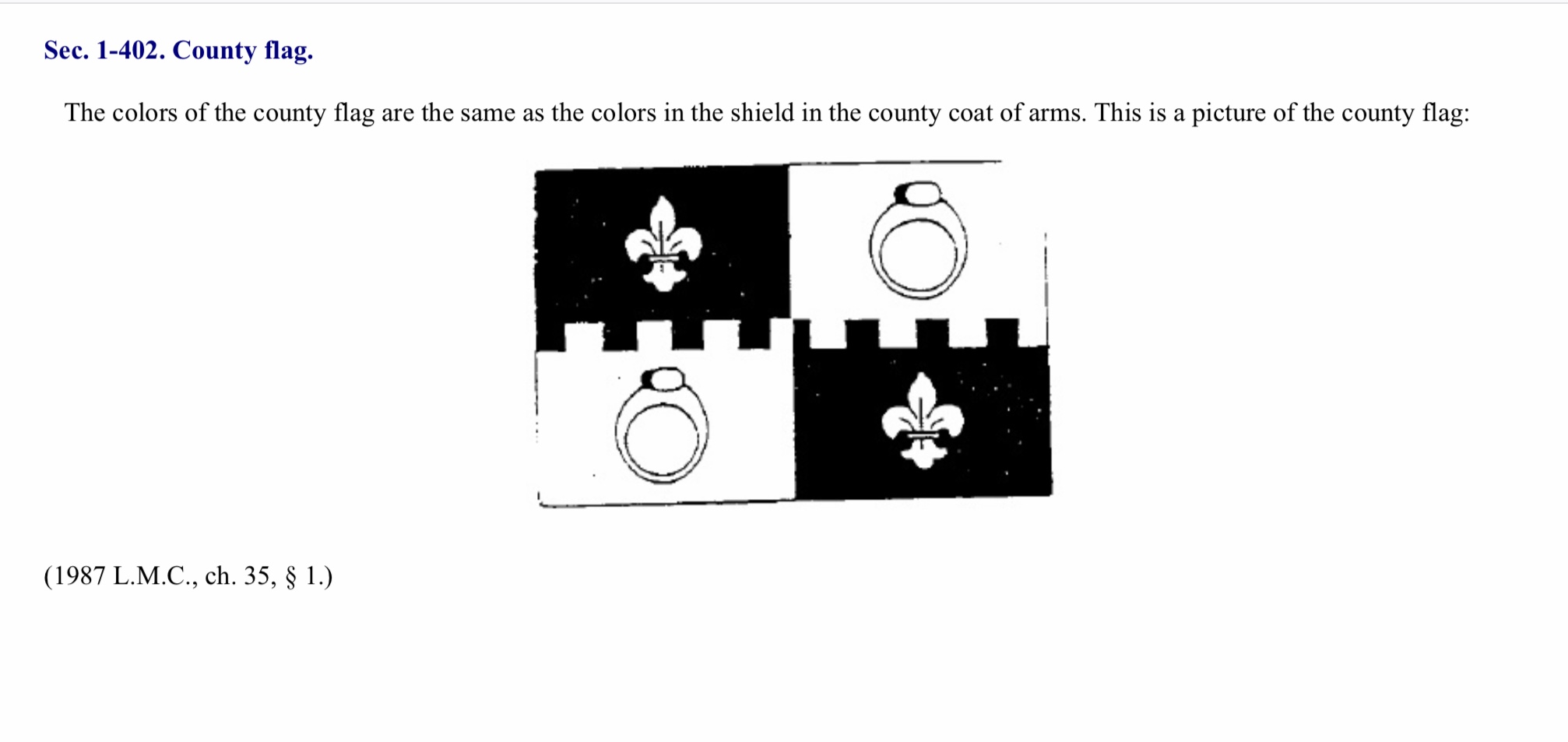
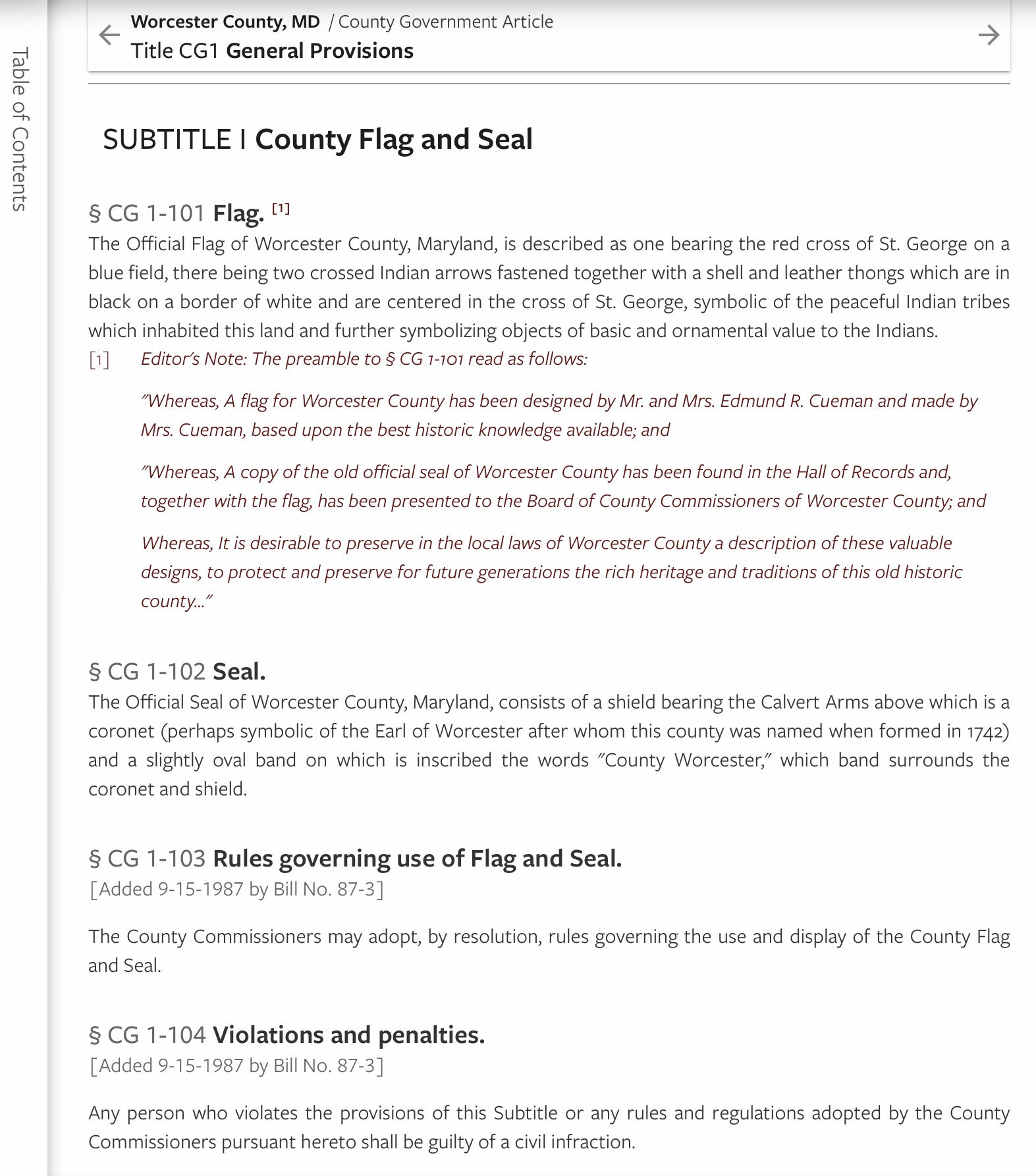
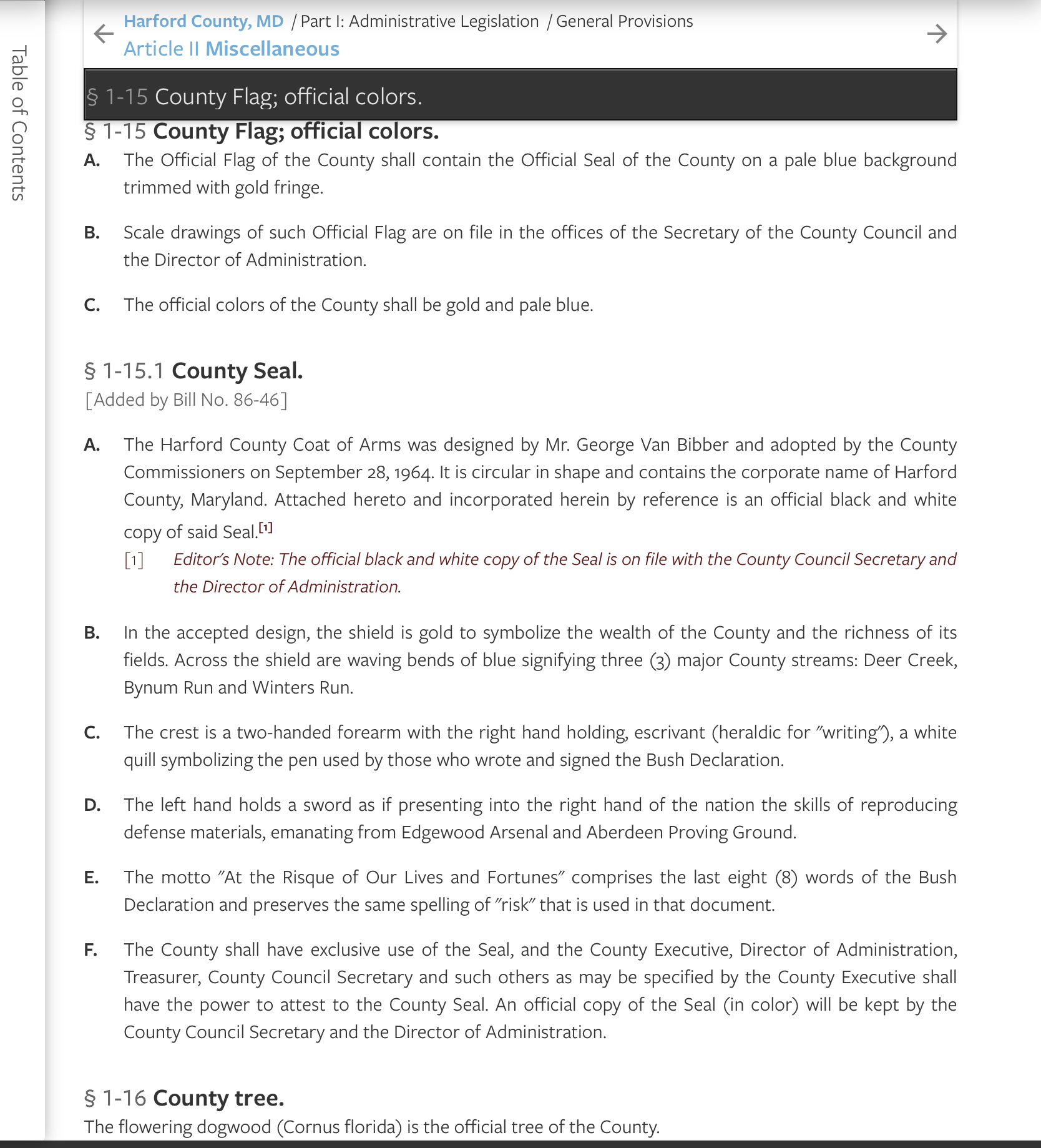


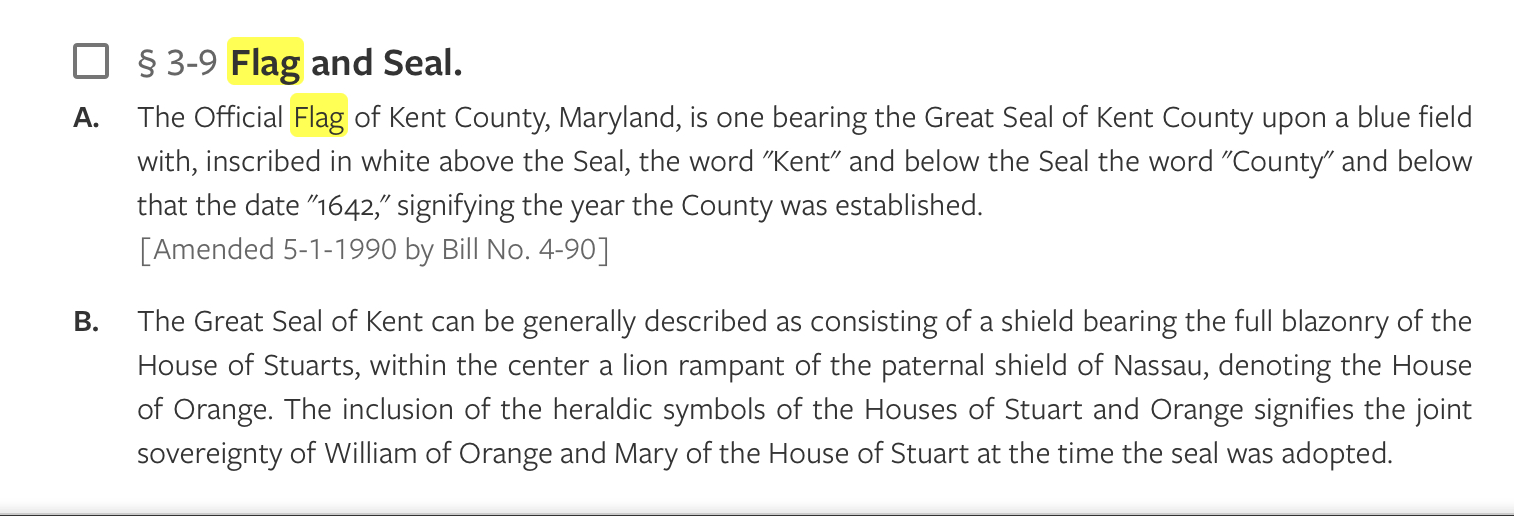
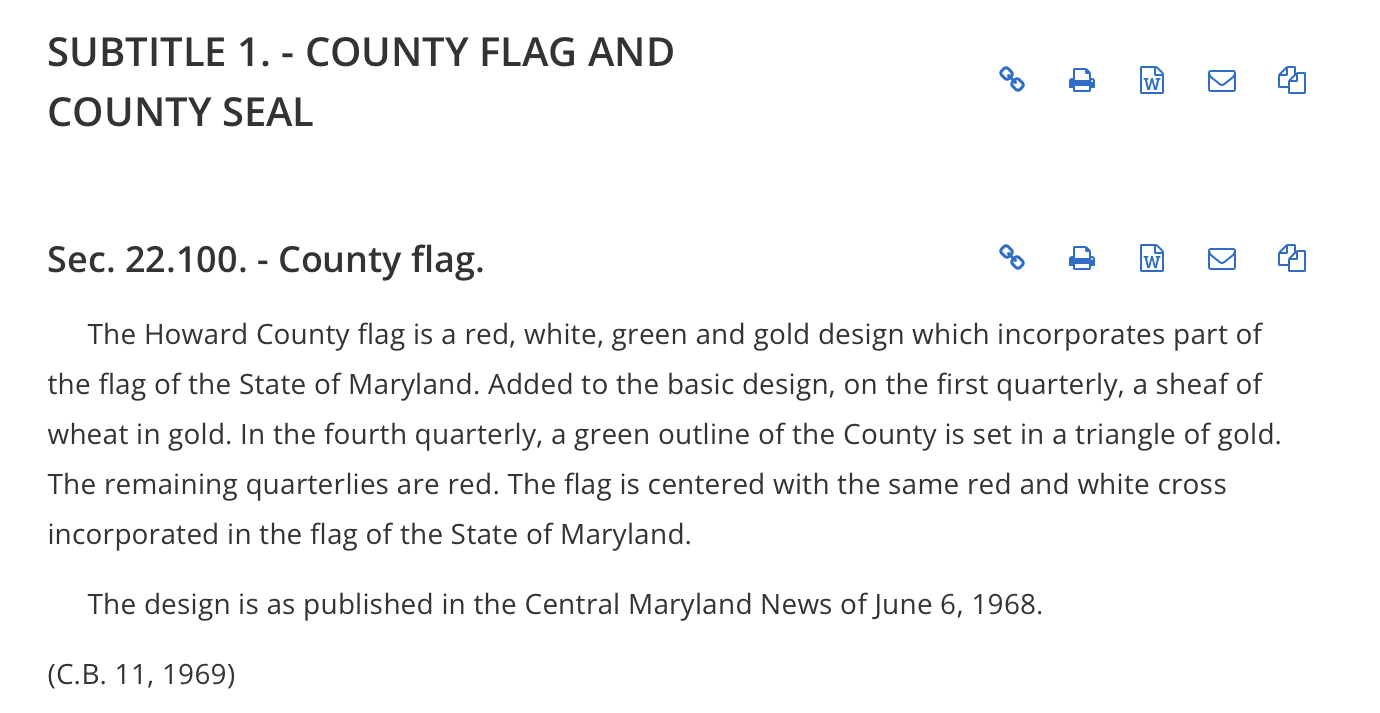
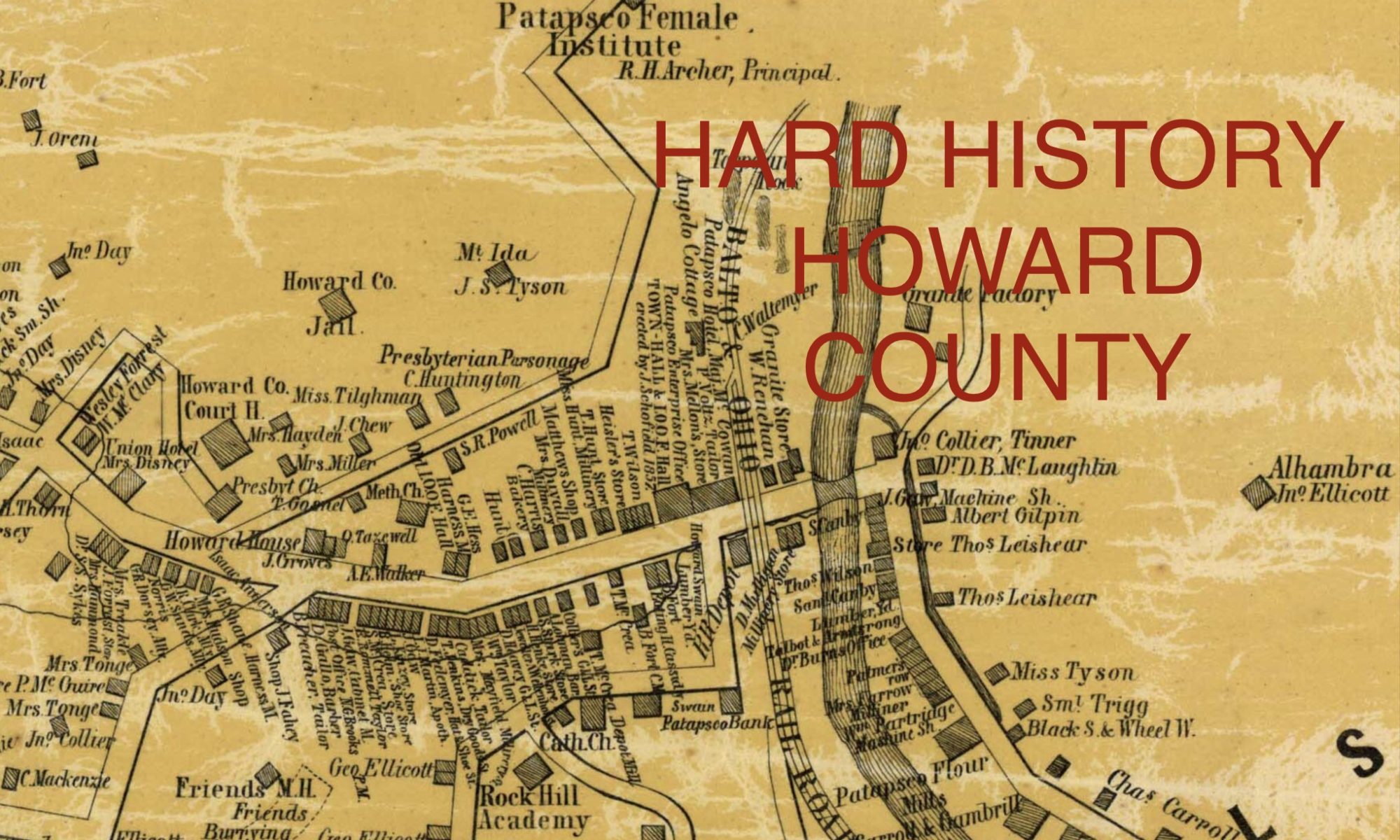
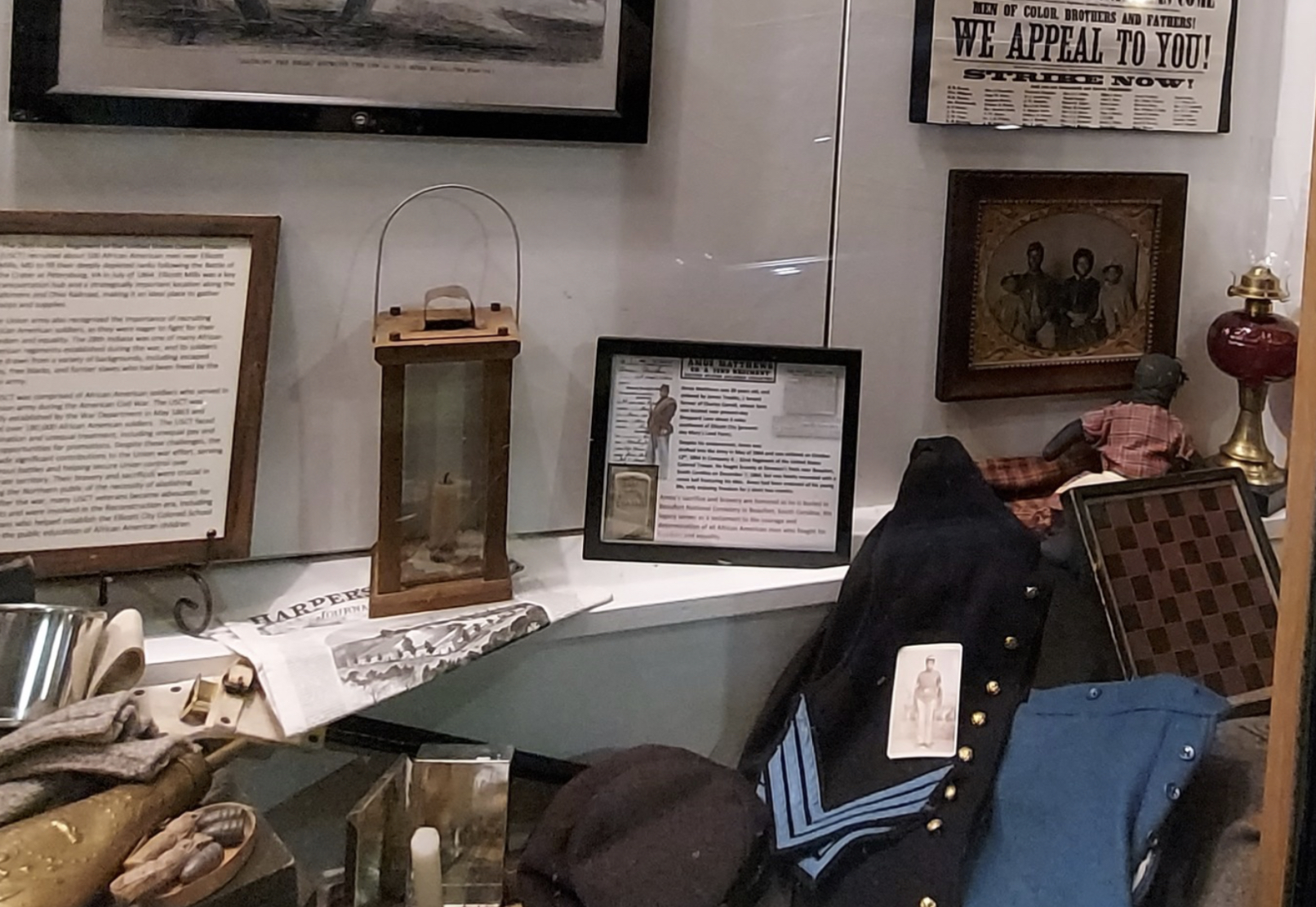
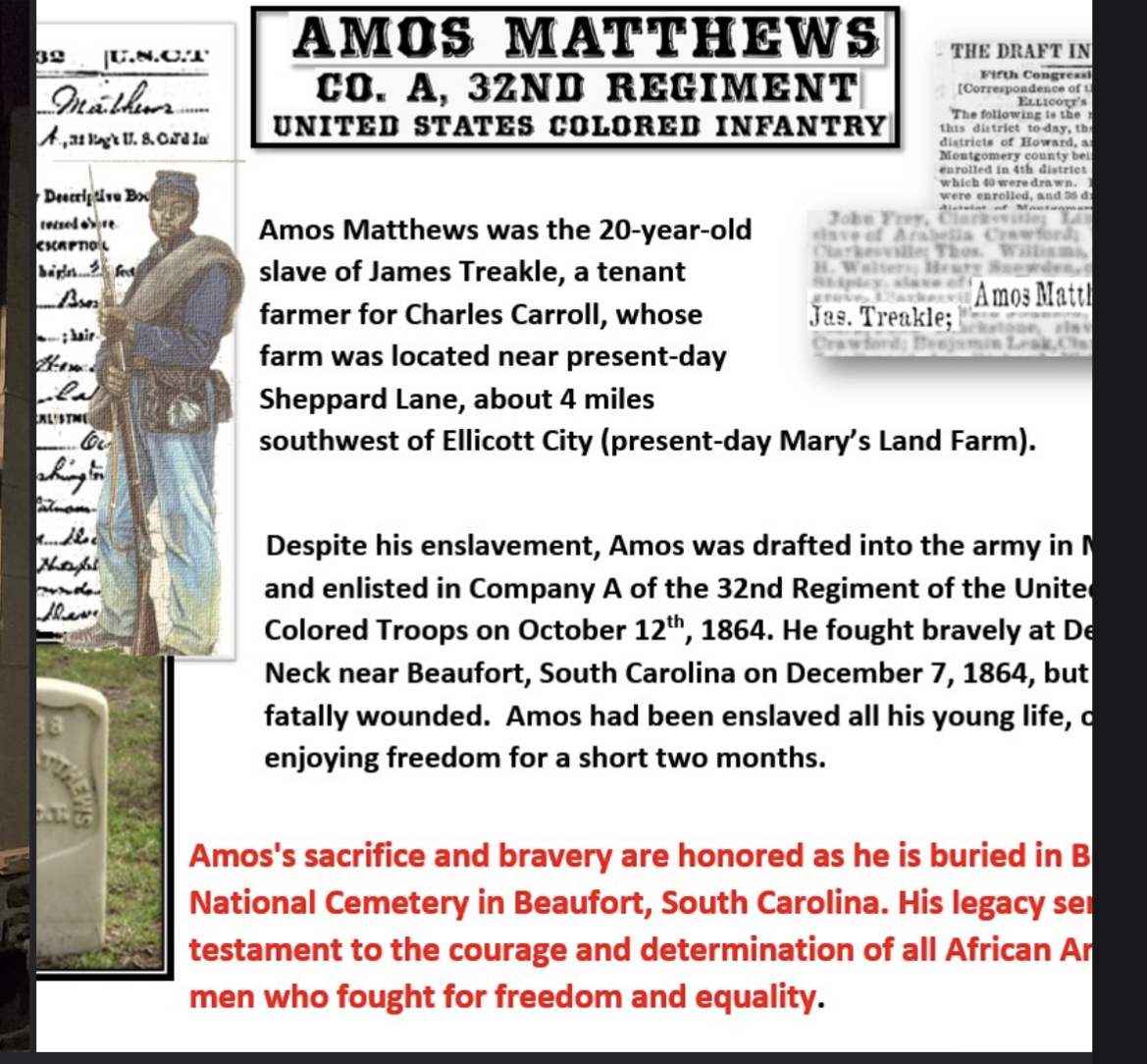


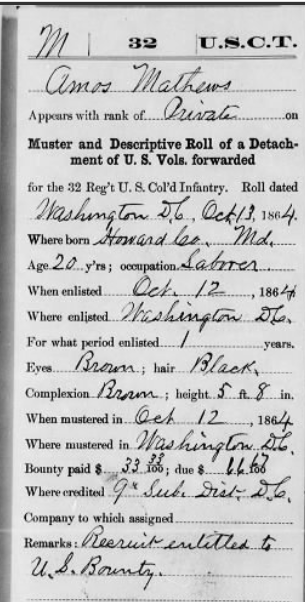
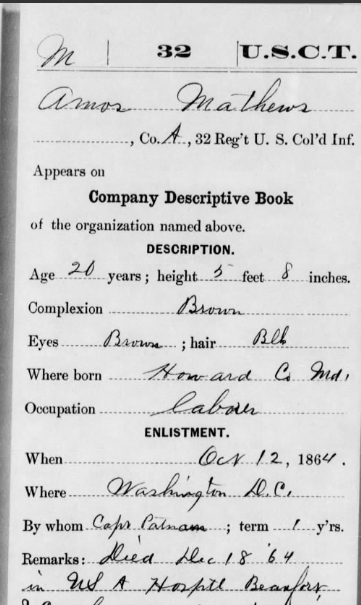
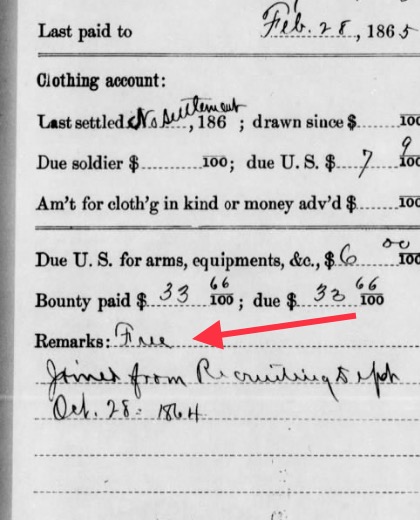


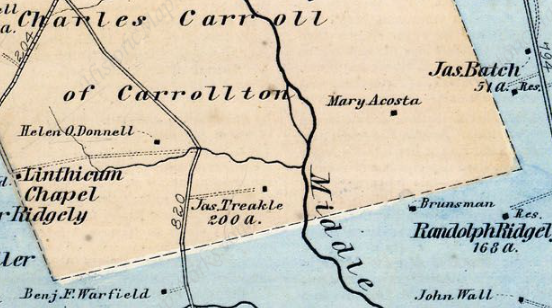

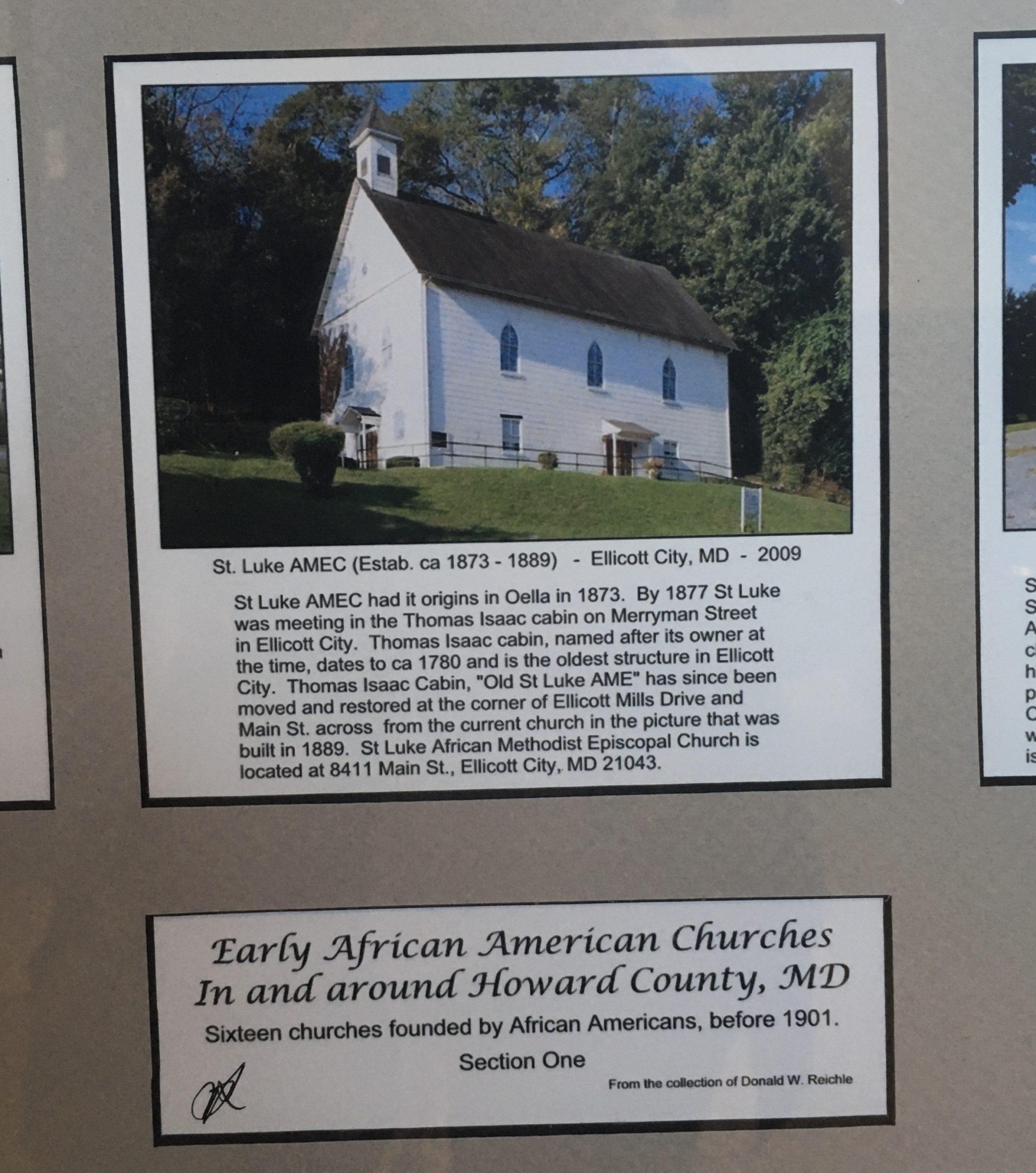

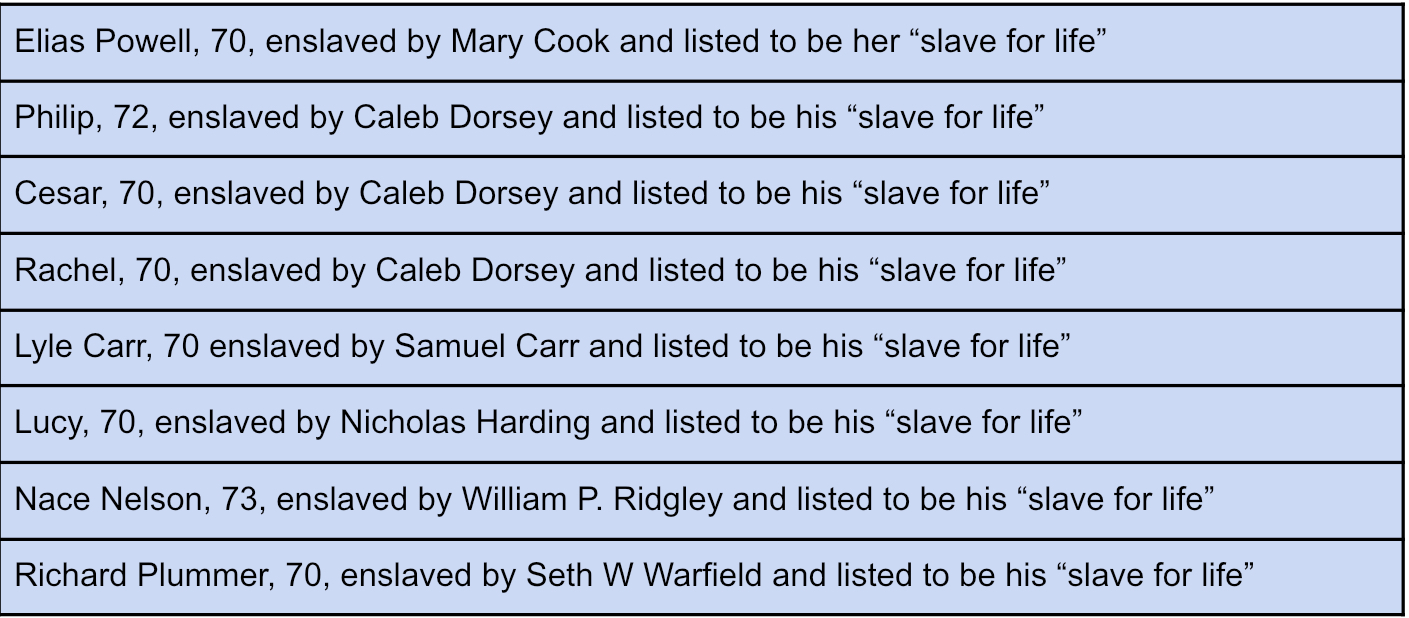
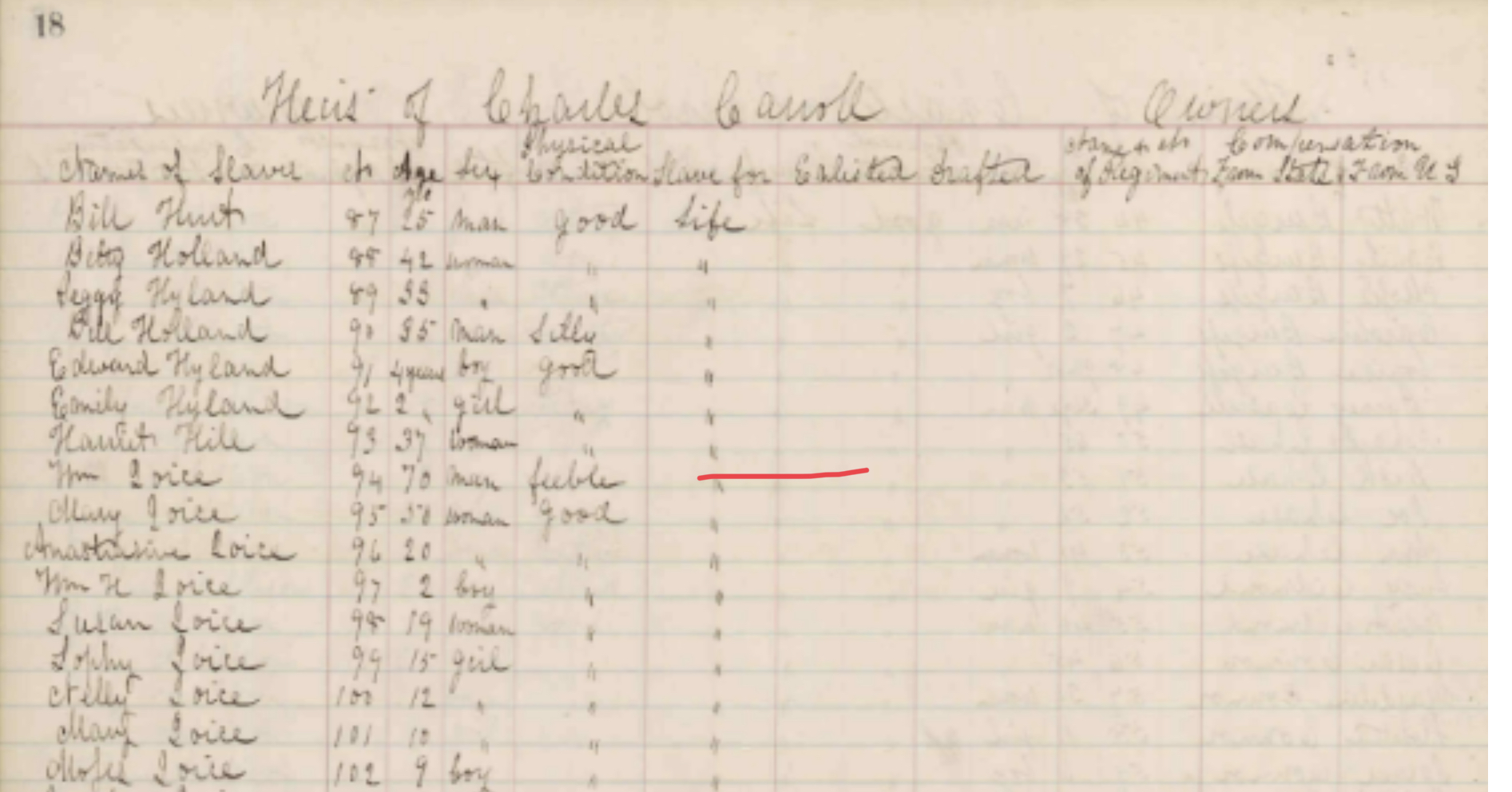
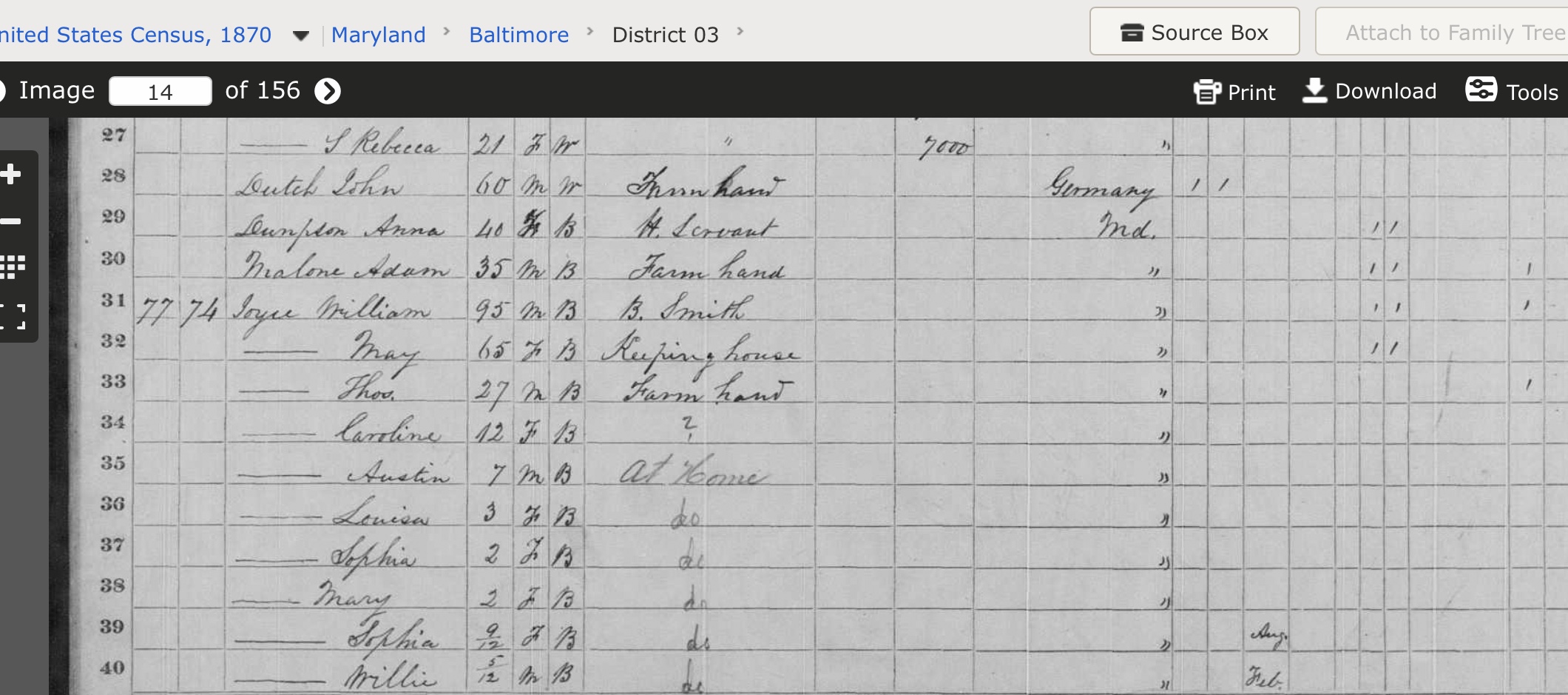 The 1870 US Census of Maryland, Baltimore District 3
The 1870 US Census of Maryland, Baltimore District 3
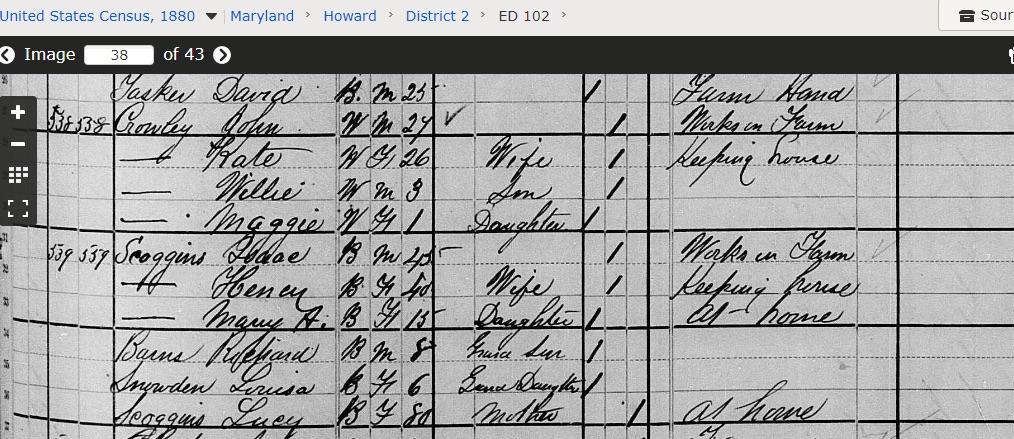 The 1880 US Census of Maryland, Howard County District 2
The 1880 US Census of Maryland, Howard County District 2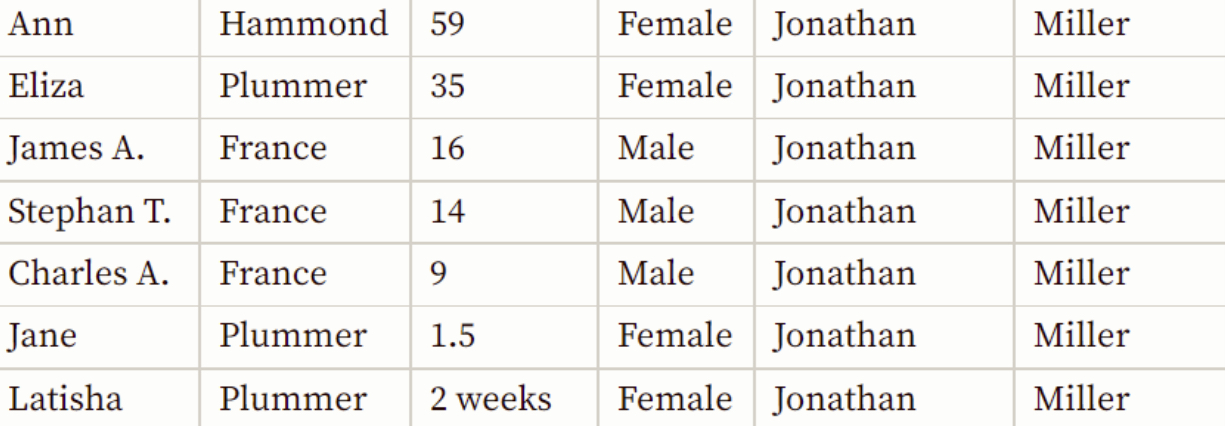


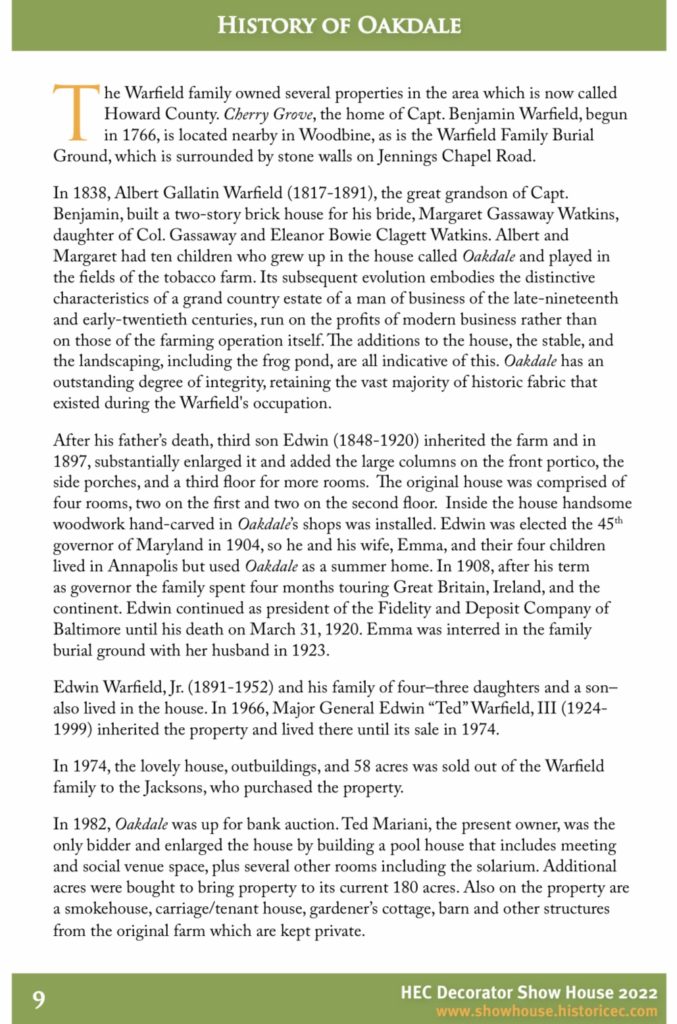
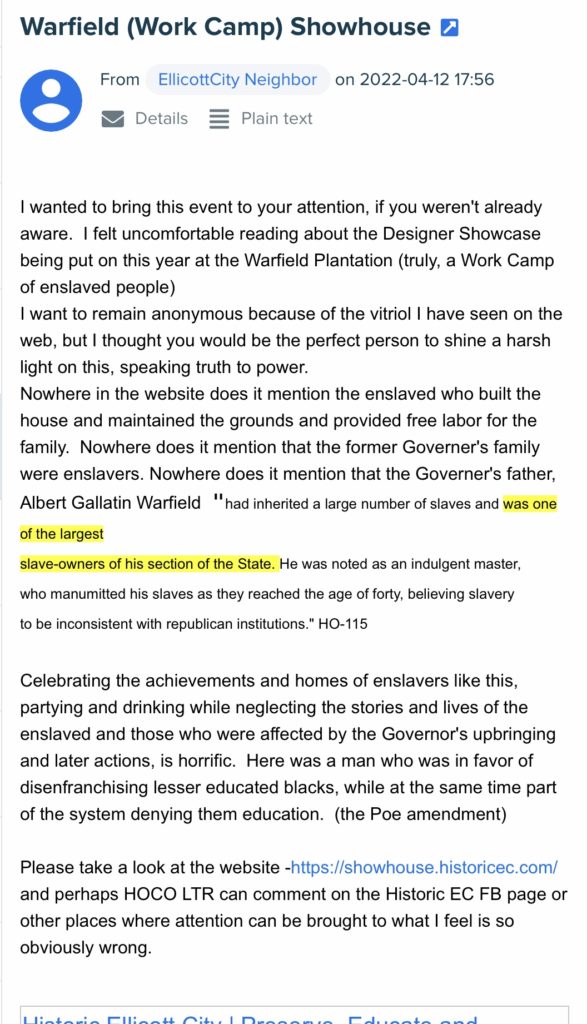


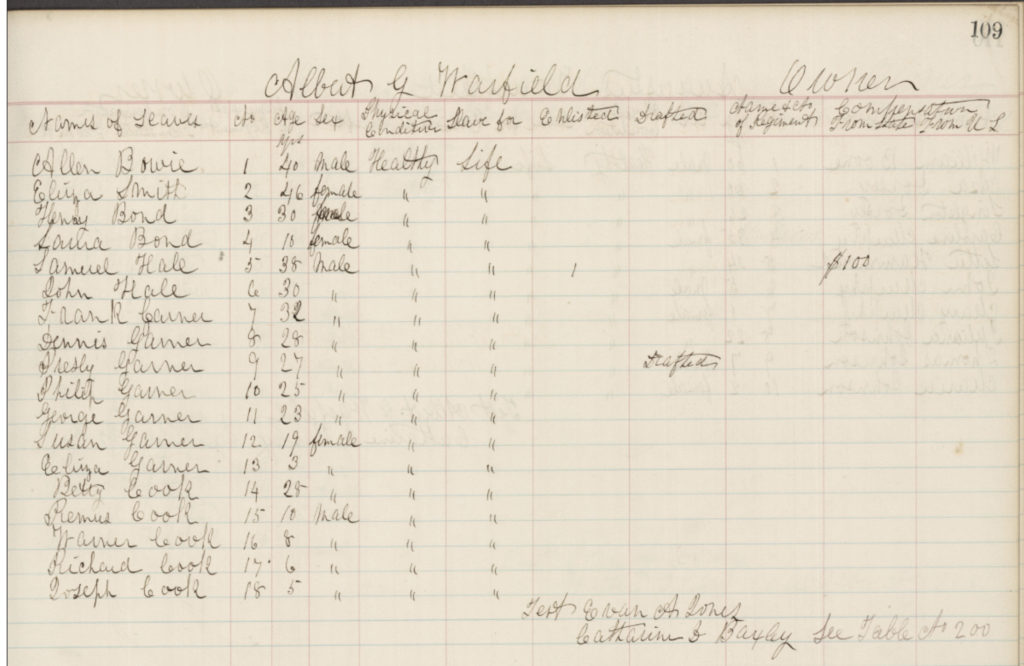
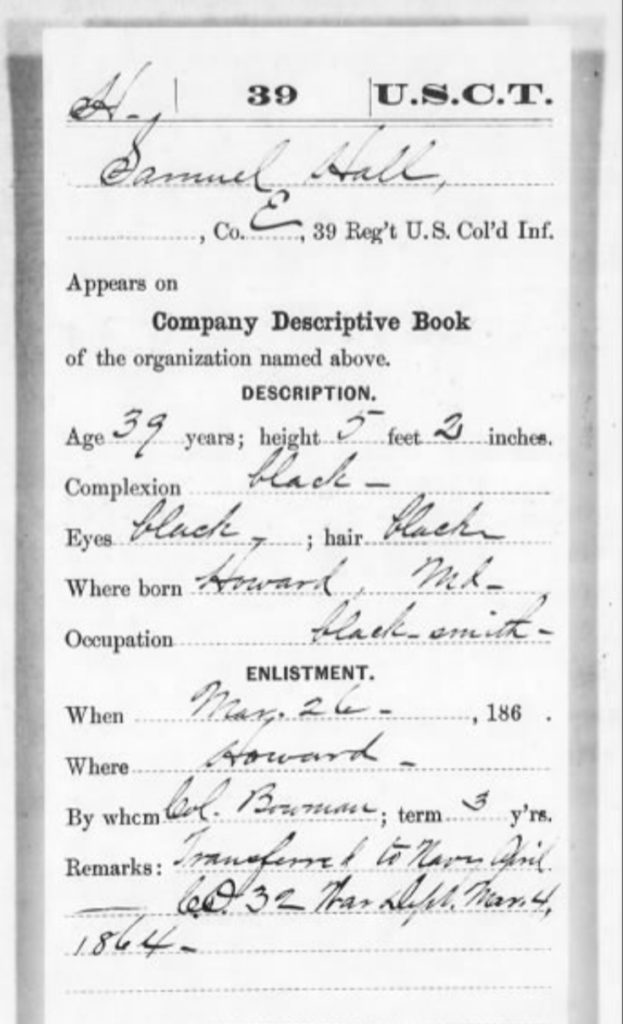
 It looks like the show started with several elected officials in attendance lending their names to support. This photo shows the applicable building dates for all to see. I just wonder how many of them knew to ask about Samuel or any of the others I’ve mentioned, and if so, did they?
It looks like the show started with several elected officials in attendance lending their names to support. This photo shows the applicable building dates for all to see. I just wonder how many of them knew to ask about Samuel or any of the others I’ve mentioned, and if so, did they?
